|
After a thorough 12 month evaluation process, South East Water have chosen Automation Group to supply Brodersen RTUs as the way forward for their 700 RTU sites. South East Water chose the Brodersen RTU thanks to its flexible modular design, future proof innovative platform, comprehensive programming environment and driver interface options. The project will see replacement of the existing legacy equipment over a 6 year period.
Automation Group is excited to be working with South East Water on this project. We have already enjoyed the collaboration with their experienced and innovative team and look forward to what the future holds for South East Water on this exceptional platform. Following a recent public Request For Quotation process, Central Highlands Water have awarded an RTU supply contract to Automation Group.
The contract includes the supply of Brodersen RTU32M hardware over 3 phases, across 2 years - along with client product training. The project is expected to provide Central Highlands Water with an increased security level in the SCADA system, modernisation of equipment, an ability to support their future business needs and to optimise & standardise the operation of critical Water & Wastewater assets. After a rigorous tender evaluation process, Sydney Water has selected the Brodersen RTU32M Modular series RTU as their new RTU platform and has signed a 10 year supply agreement with Automation Group to provide the RTUs and backup support to Sydney Water. Automation Group are thrilled to be working with Sydney Water in this exciting project and look forward to bringing the ultimate in RTU technology to the largest Water Utility in Australia. Consider a 50 kHz channel in a narrow band SCADA radio system to be a 4 lane freeway, a 25 kHz channel a 2 lane highway and a 12.5 kHz channel a single lane back road... More lanes means we can shift more data. Traditionally SCADA radio systems have operated with single speed capable radios with speeds of between 1.2 and 19.2 kbps in 12.5 and 25 kHz channels. The modern 4RF SR+ IP Radio operates up to 216 kbps in a 50 kHz channel using advanced QAM modulation. In 2008 the Australian Communications and Media Authority (ACMA) completed the 400 MHz Band Review. This includes the bands that are typically used for narrow band SCADA radio systems. An outcome was that all 25 kHz voice / mobile channels were to migrate to 12.5 kHz for spectrum efficiency. Contrary to information unofficially marketed at the time, fixed telemetry / SCADA licences were unaffected by this change, in fact ACMA actually opened the door to wider bandwidths with the following comments: Aggregation of channels to a maximum of 50 kHz will also be considered in the future to accommodate emerging technologies as demand develops. As 4RF is a progressive manufacturer they developed 50 kHz capability into the SR+ radio. Automation Group did the rest and have been licensing 50 kHz regularly for clients over the last 18 months in both Point to Point links and Point to Multipoint networks for many clients. Recently we even achieved a 50 kHz licence in the VHF High Band where traditionally only 12.5 kHz allocations are made. Our Competitors Recently we have heard from numerous clients that our competitors have been advising clients that they don't need 50 kHz if a system is implemented correctly, or that if you need 50 kHz then you should be using different technology such as microwave links. Why are they saying this? For no other reason than because they can't offer it in their product! Our competitors that can't offer QAM modulation and can't offer 50 kHz are a long way behind and working with 15 year old technology. The Benefits The reason why many of our clients choose 50 kHz is more about the additional benefits it can provide over and above the day to day shifting of SCADA data. The 4RF SR+ operating in 50 kHz opens the door to true remote IP connectivity to Remote sites from the Base site or SCADA Master to perform diagnosis, configuration or even firmware upgrade of connected devices (RTUs, PLCs, VSDs etc). With 50 kHz this is still a reality even across paths that don't enjoy strong signal strength. The IP connectivity to Remote sites provides tangible operational, performance and financial benefits by reducing or eliminating site visits when changes are needed or diagnosis is required. Either internal or external support staff, with appropriate security access, can provide support and upgrades from anywhere. The Future Remember that your investment in a narrow band SCADA radio system is often for 10-15 years, you can't afford to choose an inferior product that won't provide for the long haul. Data requirements from Remote sites is always increasing. Utility assets are always increasing with new developments and demands. Environmental and Performance monitoring requirements are increasing resulting in more Utility assets needing to be added to the SCADA network. New Technologies Now that the performance of narrow band SCADA radio networks has dramatically increased we are seeing new technology options emerge such as:
Why Not? 50 kHz capability is built into the 4RF SR+ at no additional cost, it is a software configurable option. There is no technical cost of going 50 kHz, only performance benefits. There is plenty of spectrum available. Automation Group have a 100% success rate with 50 kHz assignment applications. If your network is in a Low Density ACMA area then your annual increase in licence cost from 25 to 50 kHz is only around $250 - or about $5 per site in a 50 site network! Why choose a product that limits you to the old highway when you can use a freeway.... Fill out the form below for more information. It costs you nothing to receive a demonstration of the radio product that will enable your network. 50 kHz capability is just the tip of the iceberg of what the 4RF SR+ offers! |
Archives
June 2020
Categories |

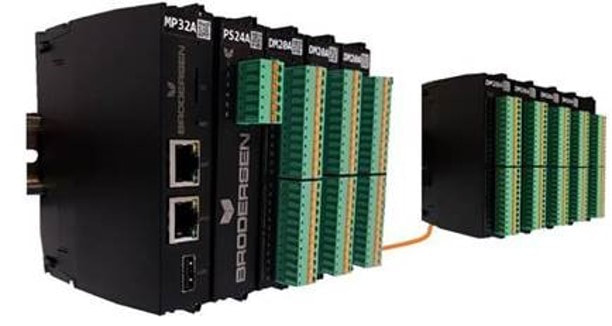

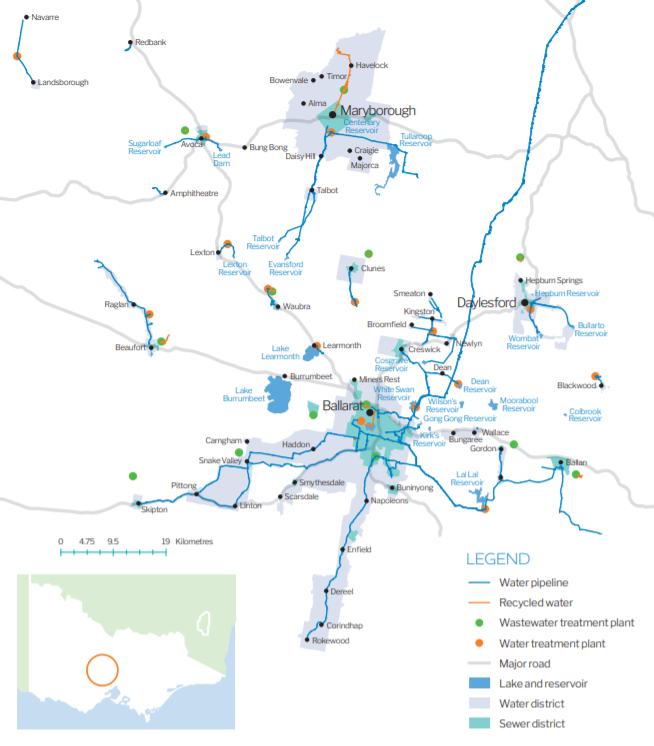
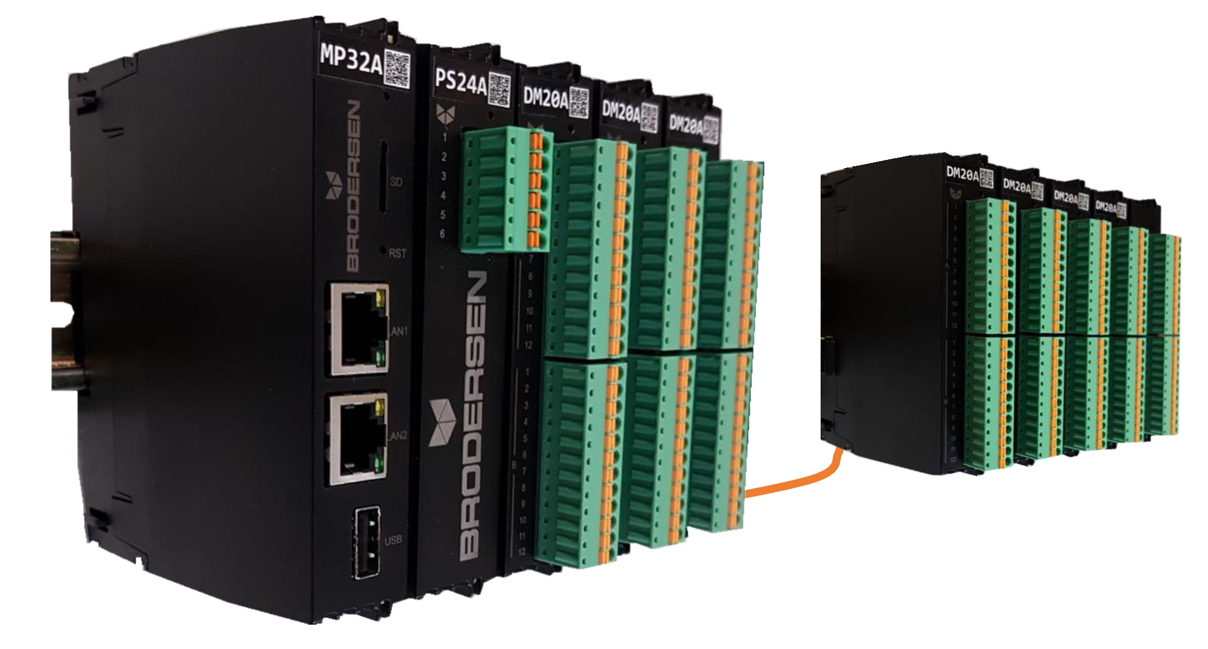
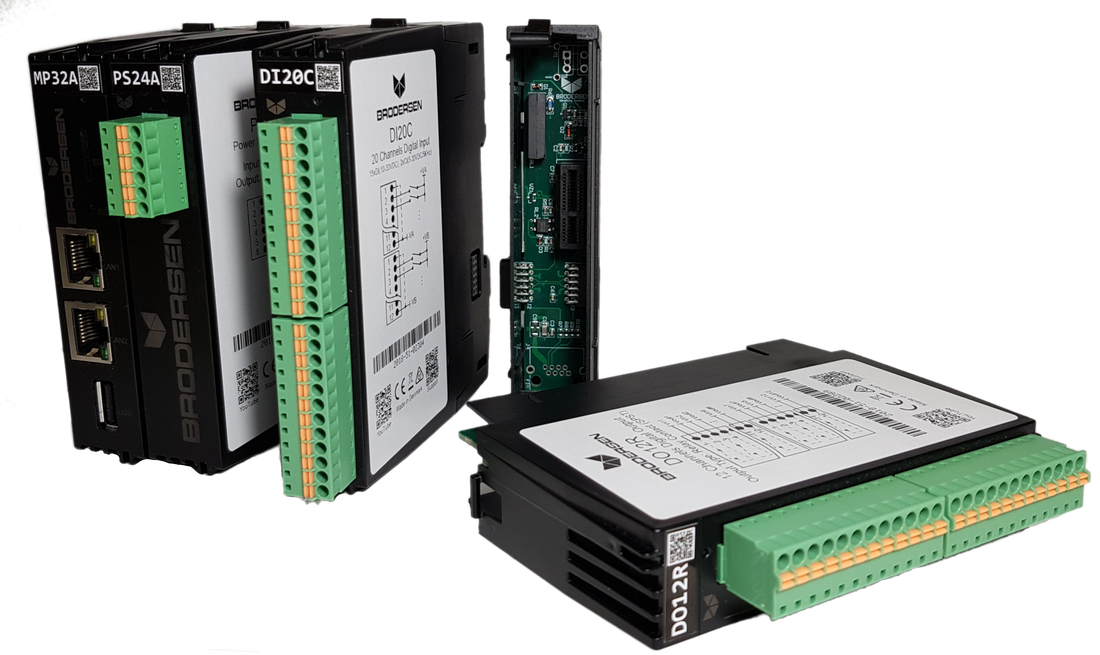
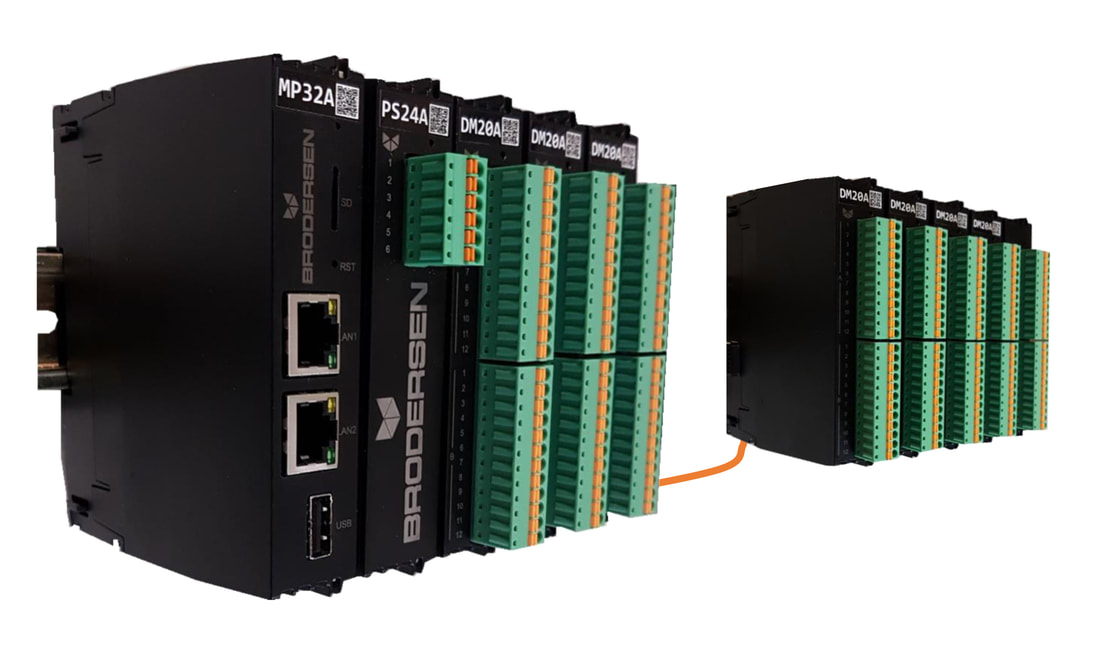


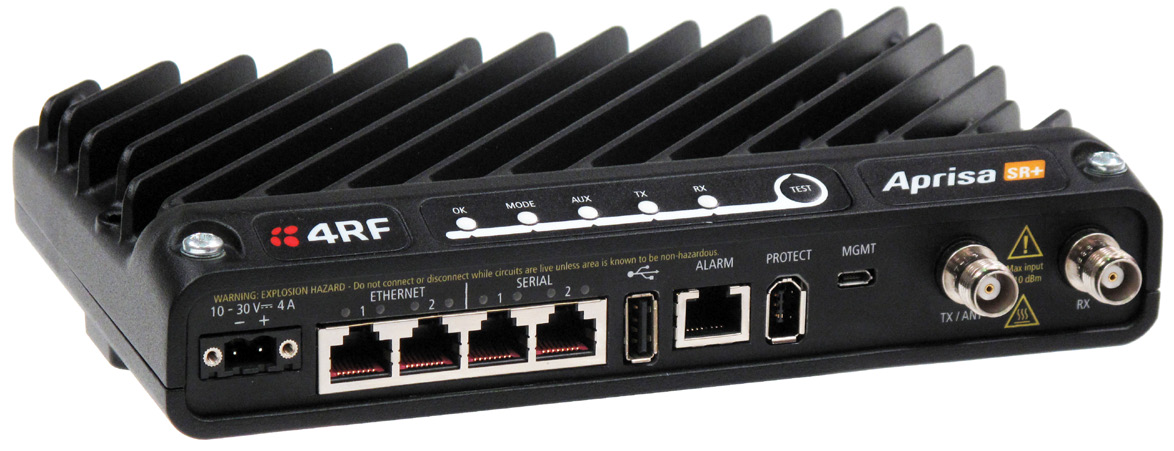
 RSS Feed
RSS Feed